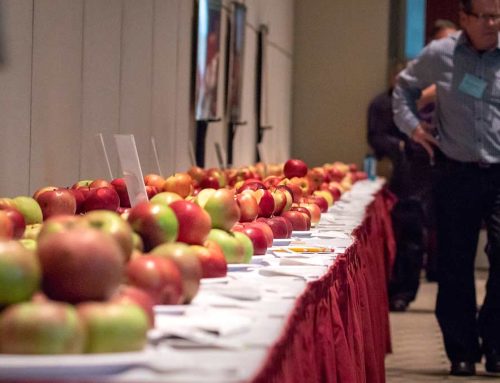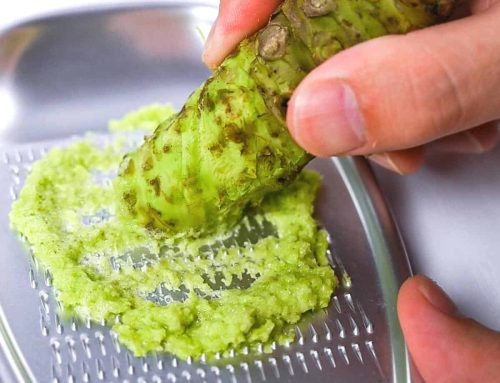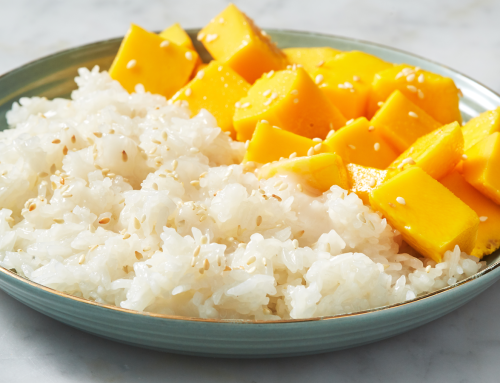The Allure of Asia: How Italian Fruit Exporters are Cracking Open New Markets
Italy’s pear, apple, and kiwifruit growers have long dreamed of accessing the booming consumer markets across Asia. Now, after years of effort, their patience is finally paying off. Following a slew of recent trade missions and inspections, doors are opening for Italian fruits in China, South Korea, Taiwan, and Thailand.
This Asia export bonanza has been years in the making. For Italy’s hard-hit pear industry especially, the new protocols enabling shipments represent a major lifeline. Pear production in Italy is overwhelmingly centered in Emilia-Romagna, where floods, drought, and disease have decimated yields over the last decade. The agreement with China, which took six years of negotiations slowed by Covid, will allow the first pears to ship in 2024 once final approvals are granted.
“A special thanks must go to the Italian Embassy in Beijing for everything they have done over all these years,” said Simona Rubbi, Head of International Relations at Italian trade group CSO Italy. “Together with the Italian agriculture ministry and Masaf, they have supported us every step of the way.”
The drawn-out back-and-forth has involved intensive virtual and in-person inspections of Italian orchards and packhouses by Chinese phytosanitary officials. Winning authorization required tackling numerous technical sticking points, but CSO officials say the professionalism of the growers was crucial in convincing the Chinese that Italy takes product quality and export protocols seriously.
The final protocol provides flexibility on logistics, including the option of using faster reefer vessels from Italy that have already reduced kiwifruit transit times to China substantially.
While political relations between China and the West have been on a downward slide, Rubbi believes the success of the pear agreement bodes well for Italy’s apple exports as well. “Now we will work on the apples,” she said, “and we hope that the times will be shorter.”
Beyond China, South Korea, Thailand, and Taiwan have all opened up following their own recent inspections of Italian growing operations. Thailand approved Italian pears after audits in September, with the first shipments expected in early 2024. South Korea similarly fast-tracked kiwifruit exports after its officials visited production areas in October. And Taiwan is poised to green-light Italian apples imminently after checking orchards last month.
For Italian fruit exporters, these new Asia links are hugely significant. The combination of rising incomes, urbanization, and exposure to international cuisine is fueling demand for high-end imported fruits and vegetables across the region. While citrus and table grapes have traditionally led the way, countries like China are now clamoring for premium apples and soft fruits as well.
Asia has become the priority frontier for export growth among Italian fruit companies. The recent slew of market-opening agreements represents an inflection point after years of painstaking efforts to upgrade cold chains, enhance production systems, and meet demanding phytosanitary requirements.
By leveraging their world-class quality and capitalizing on historic ties to Asia, Italy’s fruit exporters are riding a wave that could transform their sector. Whereas southern European fruit was once destined mainly for Europe, soon Asia could emerge as the shining new opportunity.





